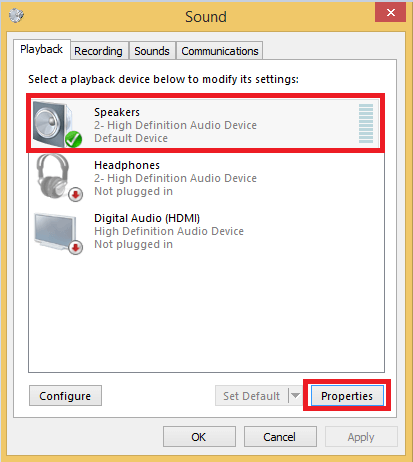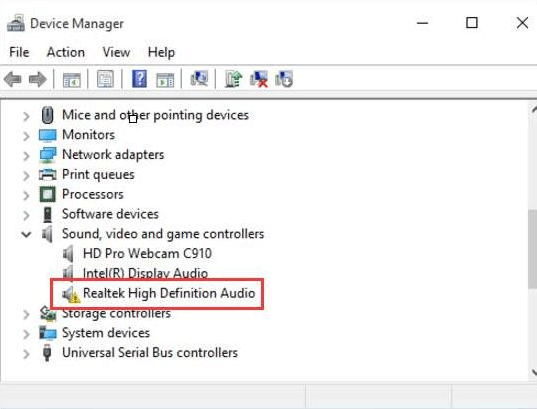
To get the lowest input lag, set Game Low Latency to 'On'. Motion interpolation is usable when gaming however, it adds significant input lag and isn't recommended.
P75 f1 pc audio driver delay series#
The Vizio P65Q9-H1 has excellent low input lag, a nice improvement from the Vizio P Series Quantum 2019.

The input lag only slightly increased and the review has been updated.
P75 f1 pc audio driver delay 1080p#
Update : Remeasured the input lag at 1080p 60Hz because it was much lower compared to 2019 Vizio TVs and the Vizio P Series Quantum X 2020. The 4k with VRR input is measured at 60Hz since VRR doesn't work at 4k 120Hz. Update : We've retested the input lag with the latest firmware (version 5.10.13.1-2) and an HDMI 2.1 source. That said, there's blooming, and it doesn't happen on every star, which makes the screen look blotchy. On the 'High' setting, small highlights like stars look okay and aren't crushed. Unlike the Vizio P Series Quantum 2019, we find almost no difference between the 'Medium and the 'High' setting (local dimming is called Active Full-Array in the settings). They're very bright, and there's a lot of blooming around them.Įven though the circle in our test pattern dims a lot when it's moving around quickly, it doesn't seem to be an issue in regular content. Unfortunately, subtitles aren't handled well. Blooming isn't uniform, as some areas bloom more intensely than others. It isn't always noticeable, but it can be distracting. It tends to make dark areas look grayish or over-brighten dark spots that have some form of light. There's a fair amount of blooming, more so in regular content than with our test pattern. While zone transitions are visible when playing our test pattern, it isn't as bad in regular content. It performs zone transitions relatively well, as it can follow slow-moving objects pretty closely, but it lags when there's faster movement. The Vizio P Series Quantum has a decent full-array local dimming feature. Not much has changed, but like the Vizio P Series Quantum X 2020, we now recommend using the 'Medium' setting as it causes less blooming than the 'High' setting. Update : We've retested the local dimming with the latest firmware version 5.10.15.5-4. Update : Added the real content local dimming videos. Remeasured input lag and noticed uniformity issues. We've retested the reflection handling and updated the score.

We've reuploaded some of the photos in the review and retested the input lag, supported resolutions, and VRR with the latest firmware (version 5.10.13.1-2).

We've retested the local dimming with the latest firmware version 5.10.15.5-4.Ĭorrected a mistake with the Vizio SmartCast version. Updated firmware and retested the peak brightness and 4k 120Hz in 'Game' mode. We measured the contrast with all three local dimming settings, and updated the voice control results for consistency with our other reviews.Ĭonfirmed that is 1440p is a forced resolution, and added real content local dimming videos. On the upside, it delivers a great HDR experience, as it has an excellent color gamut and gets bright enough to make highlights stand out. Also, its local dimming causes blooming around bright objects, which can be distracting. Unfortunately, its narrow viewing angles make it less ideal for large rooms and wide seating areas, as the image looks washed out from the sides. Its input lag is very low and supports variable refresh rate technology to reduce screen tearing when gaming. It has a fast response time, an optional Black Frame Insertion feature, and can interpolate lower frame rate content up to 120 fps for fans of the soap opera effect. It's also well-suited for bright rooms thanks to its high peak brightness and good reflection handling. Like its predecessor, the Vizio P Series Quantum 2019, it sports a VA panel that can display deep blacks, and it has a full-array local dimming to improve black level further, making it a great choice for dark room viewing. The Vizio P Series Quantum 2020 is an overall great 4k TV.


 0 kommentar(er)
0 kommentar(er)
